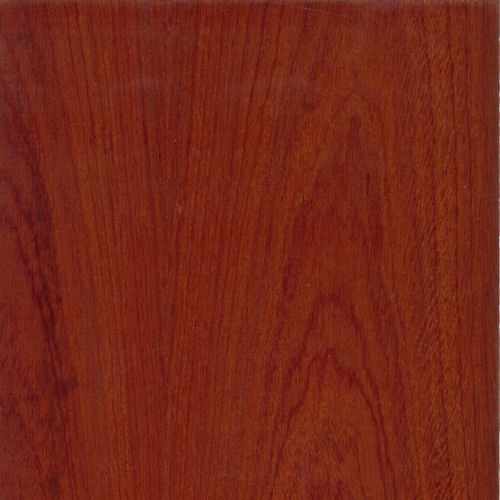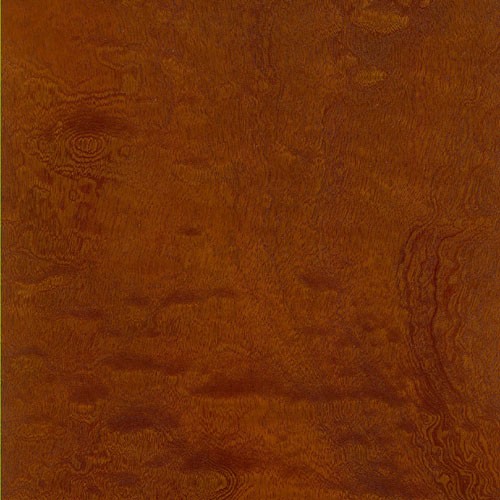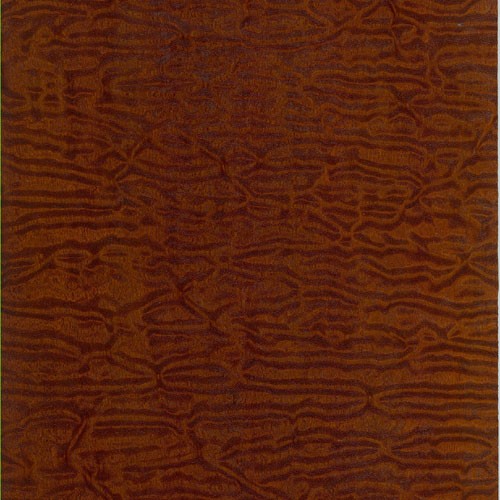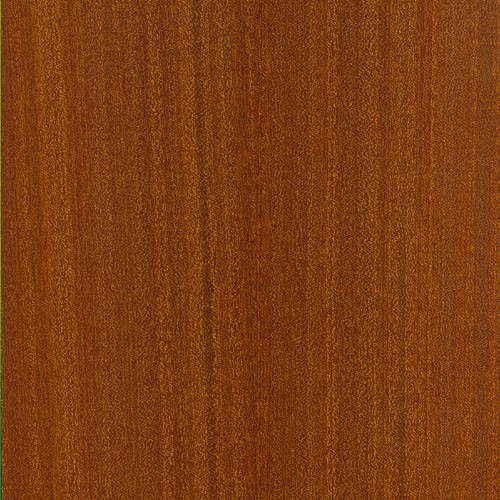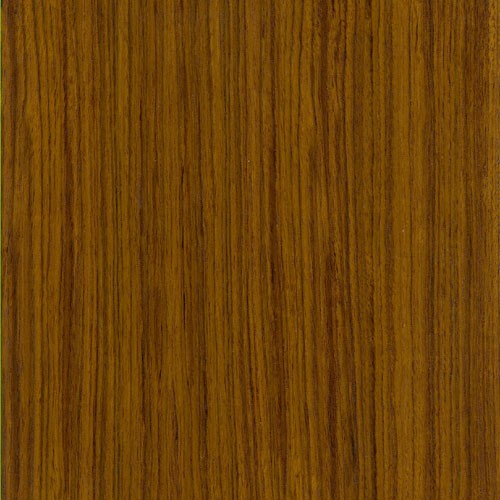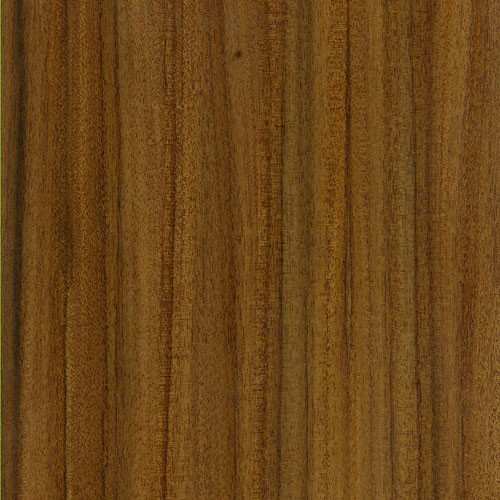Sapele
[Entandrophragma cylindricum]
Growing up to 150 feet in height, Sapele is one of the largest trees native to Central Africa, where it’s commonly found in rainforests from Ivory Coast to Cameroon on the west coast, and Uganda and Tanzania on the east side of the continent.
The tree gets its name from the Nigerian city of Sapele, where the species flourishes. But due to its wide geographic footprint, it goes by many other names, including “Aboudikro,” “Assi,” “Muyovu,” and especially “Sapele Mahogany” — because it’s often used as a more affordable substitute for genuine Mahogany.
Not only does Sapele share similarities with the legendary Mahogany – including visual appeal, wood processing, and working characteristics – it’s also in the same botanical family as the American Mahogany and African Mahogany.
But bottom line, Sapele is far more abundant and affordable. After centuries of non-stop exploitation of genuine Mahogany, the global market had to find alternatives to the dwindling supply, and Sapele rose to the top of the list.
Admiring it, it’s easy to see why. A bit darker than genuine Mahogany, the heartwood of Sapele emanates a warm, lustrous iridescence of colors ranging from light pink to brown and gold to red. The grain is interlocked, sometimes wavy, for a dramatically exotic look. And it has a fine, uniform texture.
Just as durable as it is beautiful, Sapele is an exceptional choice — whether as a substitute for Mahogany or for its own remarkable qualities. Especially for wood veneer sheets, custom plywood, furniture, cabinetry, flooring, boatbuilding, and musical instruments.
Species Distribution:
Central Africa
Tropical Africa
Ivory Coast
Ghana
Nigeria
Cameroon
Uganda
Tanzania
Common / Alternative Names:
Sapele Mahogany
Aboudikro
Assi
Muyovu
Sapelli
Sapeli
Janka Hardness:
1,410 lbf
Sustainability Status:
CITES Appendices: Not listed
IUCN Red List of Threatened Species: Listed as vulnerable due to a population reduction of over 20% in the past three generations, caused by a decline in its natural range, and exploitation.
Related Species:
Utile (Entandrophragma utile)


